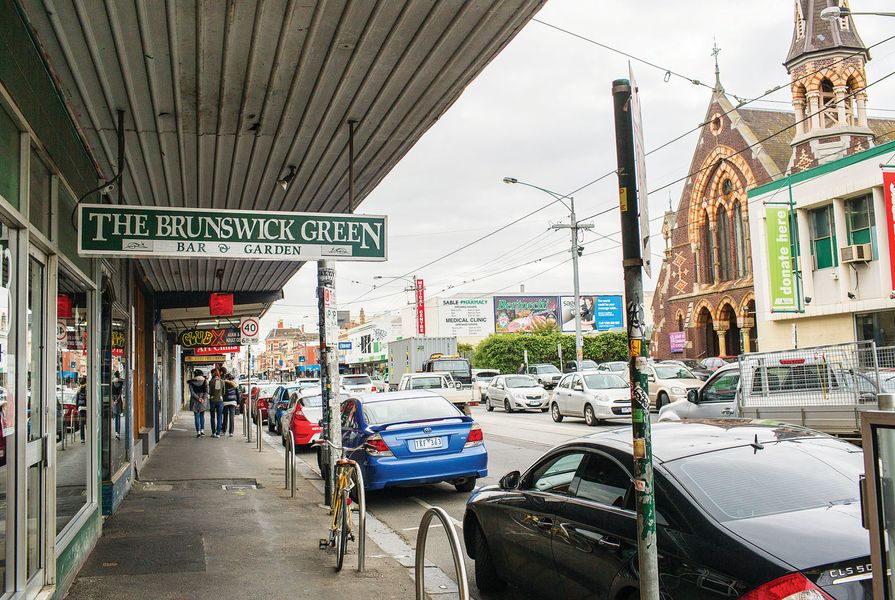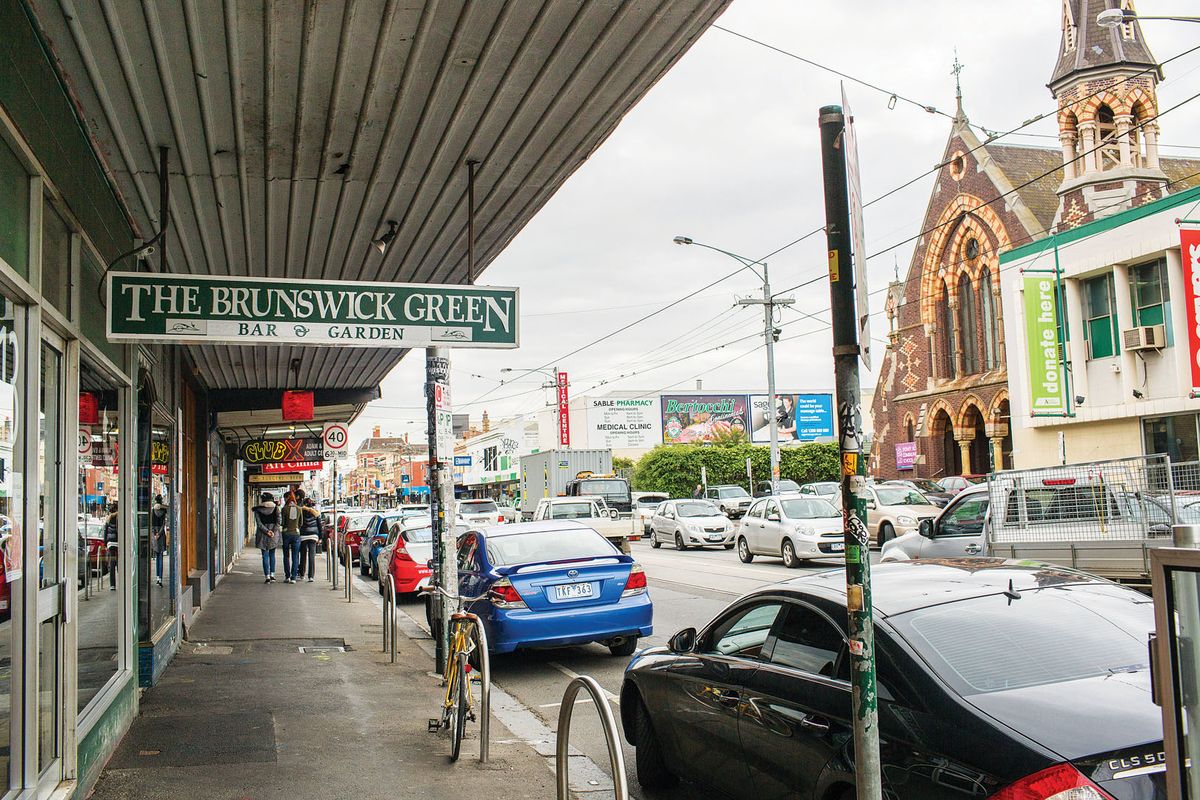How can we make the streets safe? This question – or lament – often arises when one crime has an extraordinary effect. The chilling Melbourne case of twenty-nine-year-old Jill Meagher is one such incident. Meagher was raped and murdered early one Saturday morning in 2012, while walking along Sydney Road, Brunswick, on her way home from a pub. In the immediate aftermath of her disappearance federal and state politicians weighed in, announcing funds for more closed-circuit television (CCTV) security systems as a solution. A week later, thirty thousand people marched down Sydney Road in honour of Meagher’s life and to protest against violence towards women. The story made international headlines and a creeping fear spread through the community.
The future success of a place may be determined by how we respond to such incidents. As Jane Jacobs wrote in The Death and Life of Great American Cities (1961), “It does not take many incidents of violence on a city street … to make people fear the streets. And as they fear them, they use them less, which makes the streets still more unsafe.” This situation prompts important questions: What role can designers play in restoring perceptions of safety? Should they more actively participate in the debate to ensure that public funds are spent effectively? What are the challenges? The opportunities?
The Victorian Government has released the final report of its Inquiry into the Application of Safer Design Principles and Crime Prevention through Environmental Design (CPTED), published in June 2013. It is a 416-page tome that evaluates Victoria’s Safer Design Guidelines, first published in 2005. Most states have similar documents that promote design and planning strategies for crime reduction. It is knowledge that building safer places involves more than just hardline measures such as CCTV. The problem is that few in the design community are aware of such guidelines, let alone use them in their daily work.
Carolyn Whitzman, associate professor in urban planning at the University of Melbourne, is concerned that the knowledge gathered in such inquiries is often lost. Whitzman echoes the findings of the inquiry, articulating the complexity of creating safer places. “You can’t just deal with the tip of the iceberg … we need a serious look at whether we’re promoting, in short, the kind of city life that promotes safer public space,” she says.
Scott Adams, director at landscape architecture and urban design practice Taylor Cullity Lethlean, says that “no matter how safe you design something, you can’t stop bad things from happening.” Adams also understands that over-reliance on CCTV can signal insecurity. “CCTV is what you do when you’ve failed to design the public realm properly in the first place,” he says. His earliest experience with CPTED came through a project at Sydney University’s Darlington Campus. The brief was to provide safer pedestrian routes between the university’s main entrance and the train station in the adjacent suburb of Redfern.
“This was 2004 … the same time as the riots had occurred in Redfern … so understanding the principles of CPTED were important.” For this project, social planner Wendy Sarkissian was employed to progressively review the work and workshop safer design principles with staff. CPTED now informs all of the firm’s work, including a range of large-scale revitalization projects. While the focus in such projects may not solely be on crime reduction, for Adams there is an imperative to incorporate CPTED principles into the process. “It’s something [that] as a professional you should take into consideration,” he asserts.
What about Brunswick’s Sydney Road then? How do you restore its reputation as a lively, twenty-four-hour street without smoothing away all the rough bits that give it its personality? How do you go about retrofitting safer design elements into the existing fabric if your site considers only the public realm?
Answering the latter question requires more joined-up thinking between councils and designers of both the public and private realms. In terms of restoring life to the strip, for Sarah Haq, a Sydney-based landscape architect with extensive experience working in local government and private practice, it’s about striking a balance between good design and functionality. “If we have everything functioning on the street and didn’t do that much, then people would have more freedom to make it their own. I always use the example of Istanbul because it’s such an incredible city. You can sit out wherever you want and it’s so much freer – so people make it theirs.” Haq compares this to cities around Australia that she believes are suffering from over-regulation, which can produce sterile, lifeless streets that are less safe.
Coming back to the march on Sydney Road – how extraordinary it was. Haq notes that in today’s age of internet and social media, it is one of the few times so many people “will get out in the street.” “Everything’s become virtual, even protests,” she muses, citing online petitions as the new version of activism. When all eyes are on the street, then, is it time to ask the public some difficult questions? Haq says there should be room for the public to take more responsibility. “That’s what the [CCTV] cameras represent. It means that someone else is watching. On one hand people want this very regulated, clean environment to live in, but on the other that means that they can’t have the freedom to make things how they want. So the council is stuck.”
As normal life resumes on Sydney Road, the story of Jill Meagher’s death, and those of other such tragic incidents, are reminders for those of us whose work involves changing public space. They are reminders to think expansively about how we might participate in growing successful places. To think collaboratively and be generous in imparting our knowledge. And to acknowledge our limitations and let go enough to allow the public to move in.
Note: CPTED describes a multidisciplinary approach for deterring crime through use of a range of design techniques and principles within an environment. Its aim is to build a sense of both perceived and experienced security. With close ties to placemaking, at its best it is a self-reinforcing process where environmental cues signal a lively, welcoming and safe place.
Further reading
• Jane Jacobs, The Death and Life of Great American Cities, (New York: Random House, 1961).
• Oscar Newman, Defensible Space: Crime Prevention through Urban Design, (New York: Macmillan, 1972).
• C. Ray Jeffery, Crime Prevention through Environmental Design, (California: Sage Publications, 1977).
Source

Practice
Published online: 29 Apr 2016
Words:
Lucy Salt
Images:
Ahmad Sabra
Issue
Landscape Architecture Australia, February 2014












